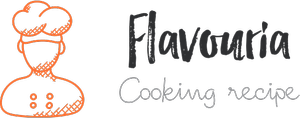12 servings
- Amount per serving
- Calories367
- % Daily Value *
- Total Fat 11g15%
- Sodium 641mg28%
- Total Carbohydrate 56g21%
- Dietary Fiber 3.06g11%
- Total Sugars 4.14g
- Protein 10.26g
* The % Daily Value (DV) tells you how much a nutrient in a serving of food contributes to a daily diet. 2,000 calories a day is used for general nutrition advice.





